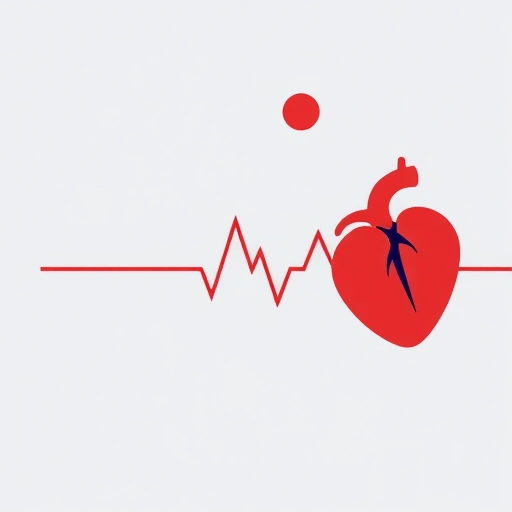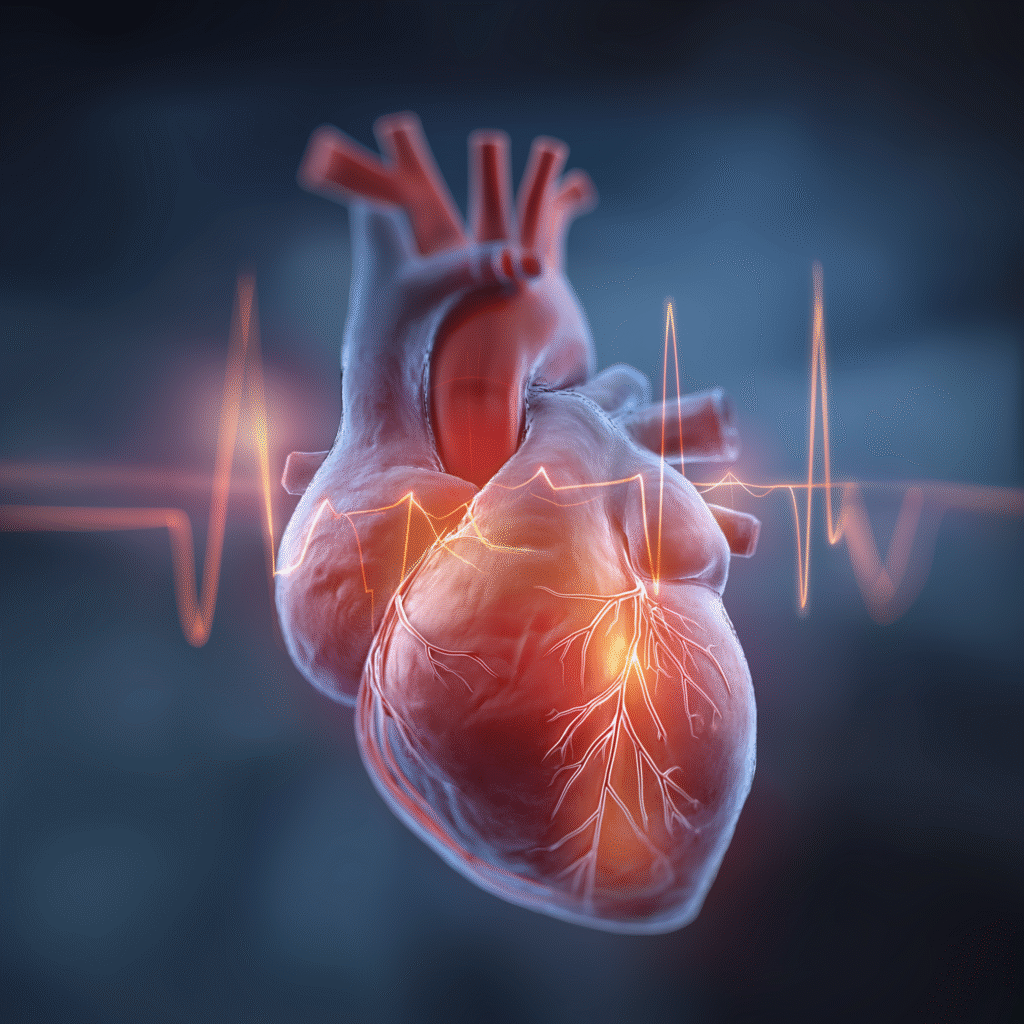Introduction
Did you know that just 30 seconds a day can help you protect your heart?
Measuring your pulse is a simple, free and powerful tool to catch signs of arrhythmias and prevent complications.
In this blog, Dr. Diego Chango shares the correct method and what signs to watch out for.
How to Check Your Pulse at Home
You don’t need any special equipment. Just your fingers and a calm moment:
- Place your index and middle finger on your wrist, below the thumb.
- Feel the beats for 30 seconds.
- Multiply that number by 2 to get beats per minute.
- Do it while at rest, preferably in the morning and evening.
🔗 Visit our site for a step-by-step visual guide:
Dr. Diego Chango’s Blog
What Your Pulse Can Reveal
Tracking your pulse may uncover:
- Very fast (tachycardia) or very slow (bradycardia) heart rate
- Skipped or irregular beats (possible atrial fibrillation)
- Sudden shifts in heart rate without explanation
If your resting heart rate is consistently over 100 bpm, or you feel irregularities, consult a doctor.
Why It Matters
Cardiac arrhythmias often go unnoticed. Detecting them early can prevent serious outcomes like stroke, fainting, or heart failure.
Conclusion
Half a minute a day could protect your future.
Make it a habit, and if anything feels off, book your appointment with Dr. Diego Chango in Cuenca.
👉 Your heart is talking—learn to listen.






